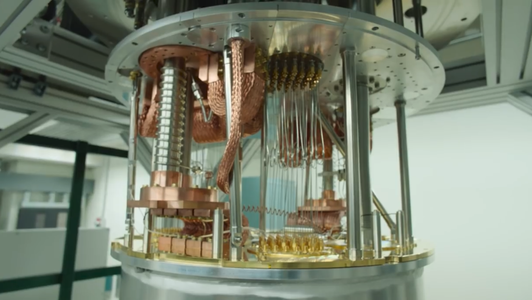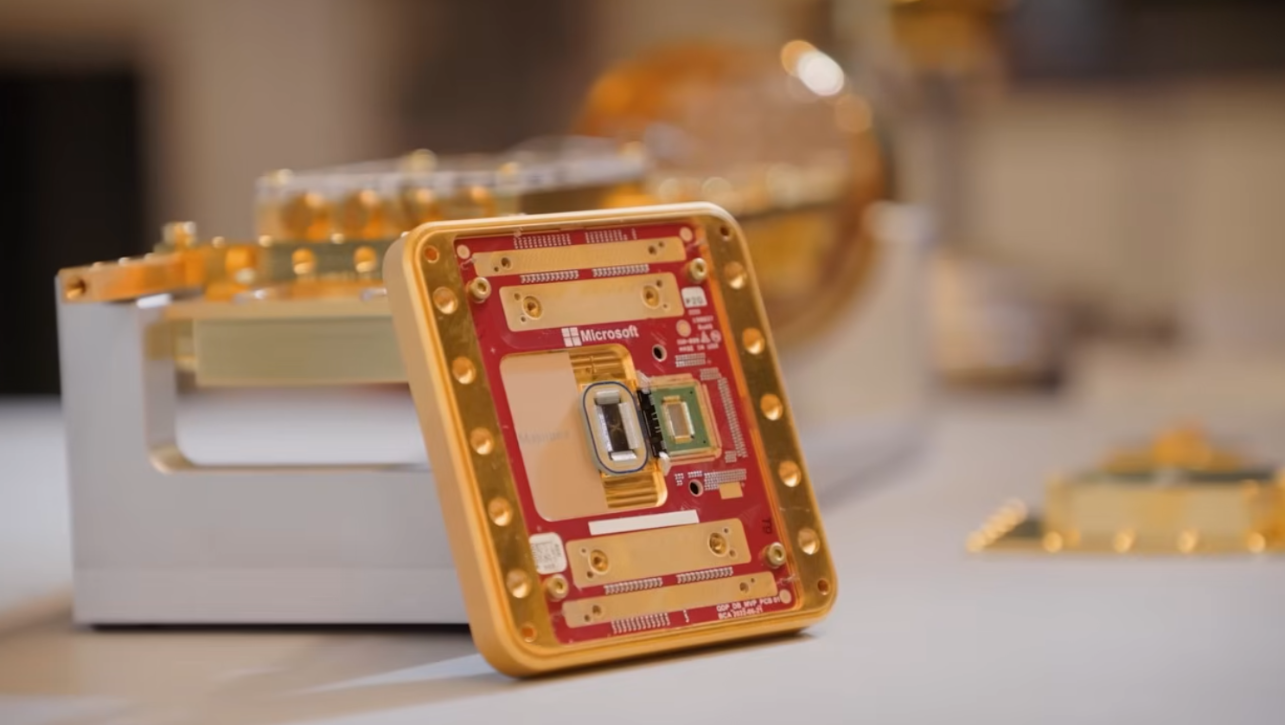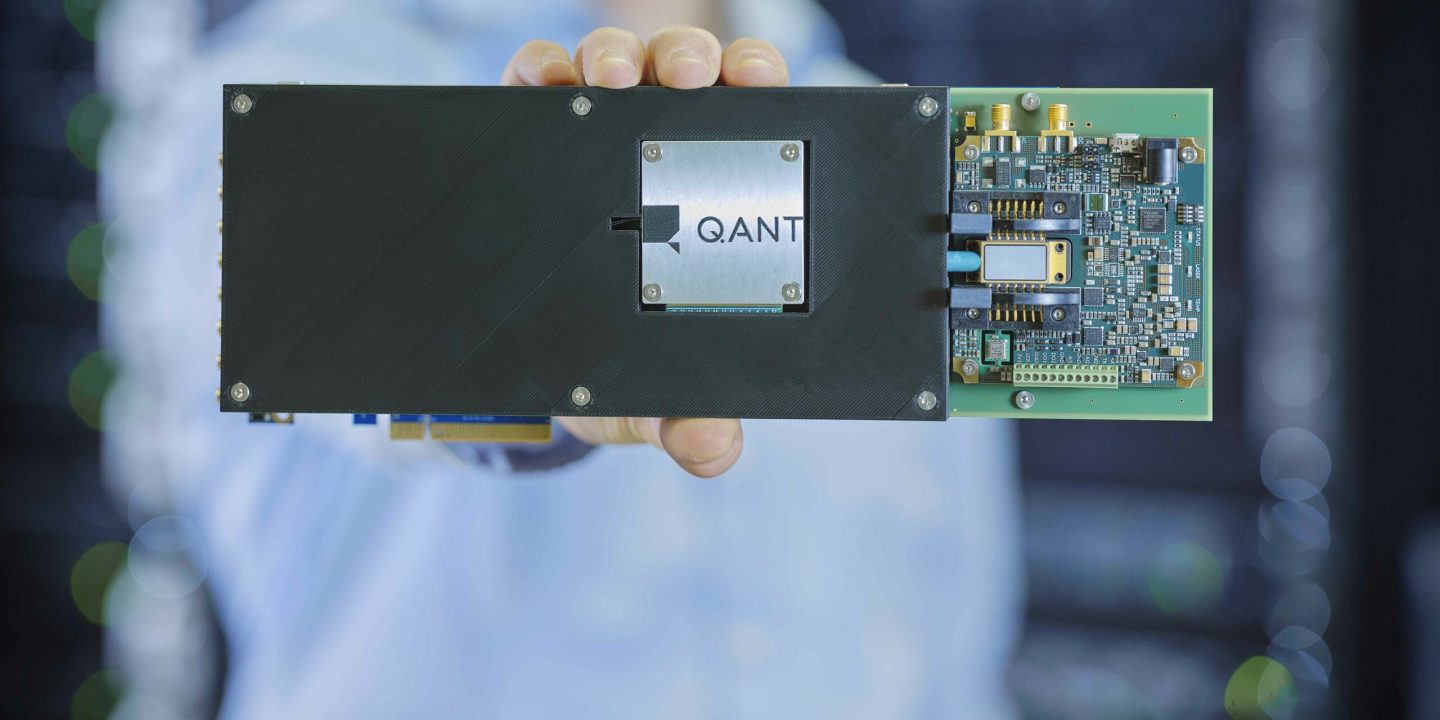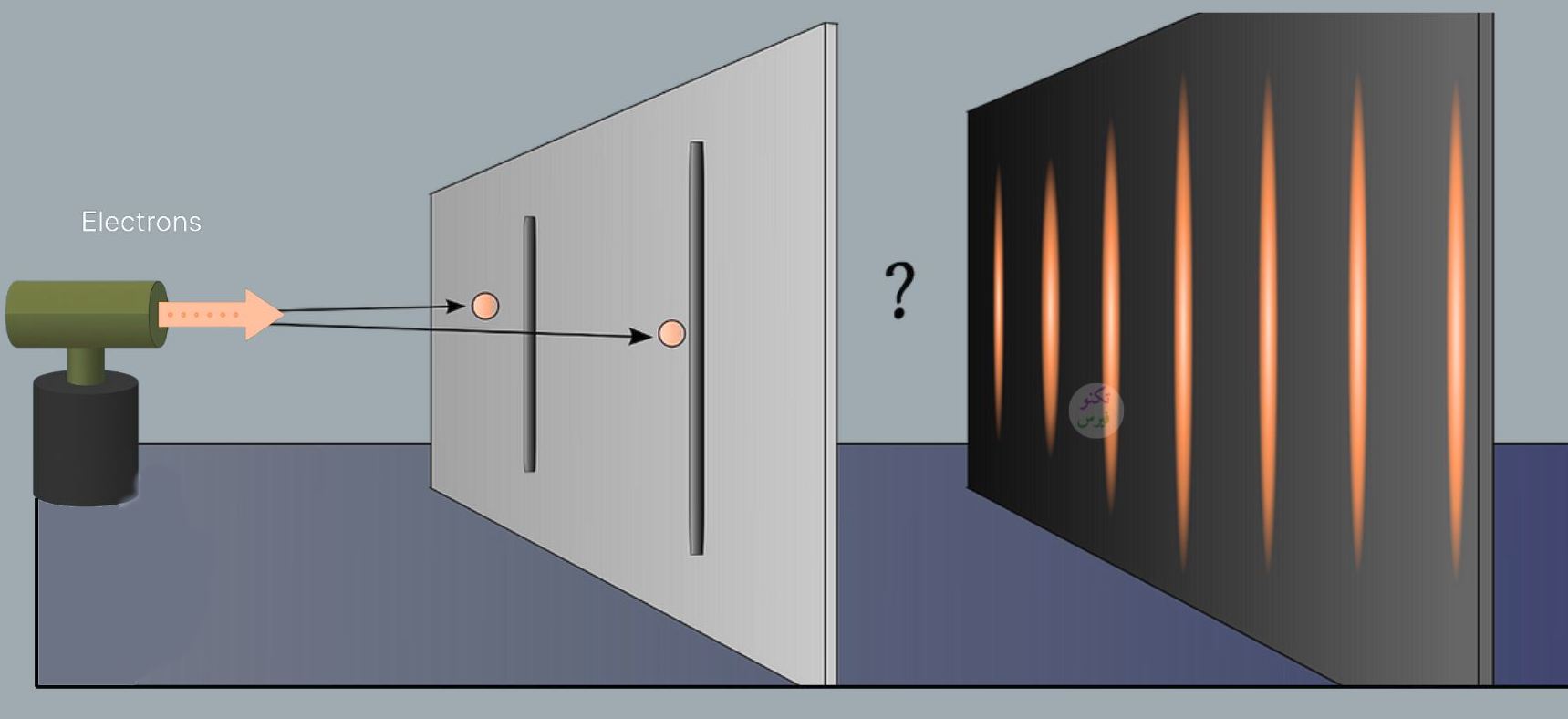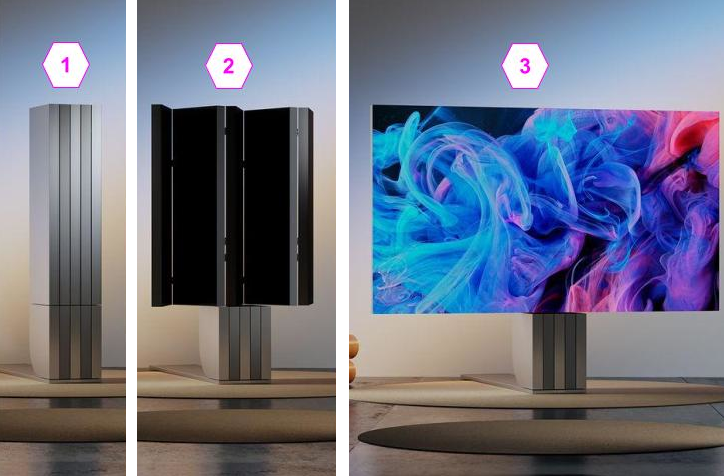Supercomputers are built by connecting many smaller computers to work together as a single unit to perform calculations. This concept of distributed computing has solved complex problems that single computers cannot. If the same concept is applied to quantum computers, we can expand their capabilities without needing to build one massive device, which might be difficult to manufacture, operate, and impractical.
This is what researchers at the University of Oxford aim to achieve. Instead of creating a single quantum computer that requires a processor with millions of qubits to realize its promised capabilities — an endeavor that poses enormous engineering challenges and seems unachievable today — the researchers took a different path. They utilized quantum teleportation to link physically separate quantum processors, forming a single large quantum processor.
To achieve quantum teleportation between distant qubits, they connected two processors with optical fibers, separated by a distance of 2 meters. This allows the researchers to achieve quantum entanglement between the qubits in the processors, enabling the quantum teleportation of their states and making quantum logic gates capable of operating on distant qubits. These gates are the basic units of quantum algorithms, ensuring the ability to execute quantum algorithms on both processors together.
This research focuses on this issue. While the quantum teleportation of distant qubit states has been achieved before, its utilization to execute quantum algorithms with high precision is still under investigation and development.
The team published their research in the journal Nature, demonstrating the successful implementation of Grover’s quantum search algorithm, which searches a large dataset and consists of several quantum logic gates. They achieved a success rate of 71%, confirming the efficiency of this distributed approach.
With the ability to perform quantum gate operations on entangled qubits in different processors, the researchers created a distributed quantum computer that allows multiple smaller quantum processors to work together as a single integrated quantum computer.
This breakthrough paves the way not only for distributing quantum calculations across multiple processors but also provides flexibility in developing large quantum computers without needing to build a single one with millions of qubits. The interlinked processors can also be upgraded or replaced without disrupting the quantum system.
